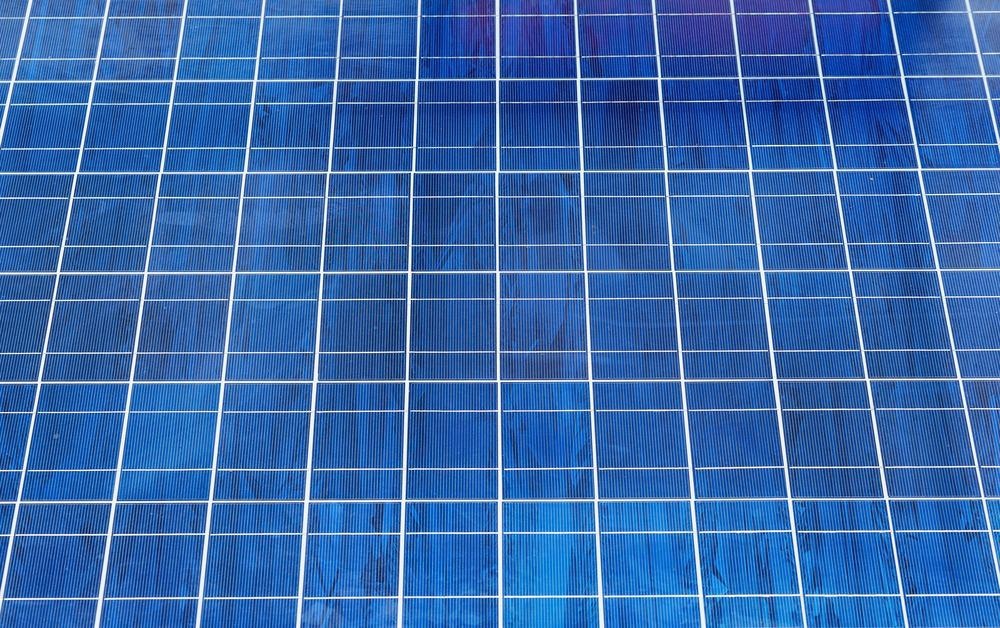In a recent study published in the journal ACS Energy Letters, researchers from China analyzed halide perovskite ceramic thin films to harness the excess energy of fast cooling hot carriers (HCs) generated in a solar cell, which otherwise would have been lost to the environment in the form heat.

Study: Spotlight on Hot Carriers in Halide Perovskite Luminescence. Image Credit: Jozef Klopacka/Shutterstock.com
By slowing down the cooling rate of the HCs into a steady-state form, the energy conversion efficiency of a single p-n junction solar cell can surpass the Shockley-Queisser limit of ~33%. Additionally, the influence of HC temperature and the thermalization coefficients of the perovskites in their steady-state photoluminescence (PL) spectra were expressed.
Halide Perovskites in Solar Cells
Halide perovskites (HPs) and their hybrid thin films are a new generation of tunable light-absorbing ceramic materials for solar cells. By varying the halide content in them, their bandgap can be controlled to absorb solar irradiation of a specific wavelength range.
Considering only radiative recombination losses, an ideal single p-n junction solar cell can have a maximum theoretical power conversion efficiency (PCE) of ~33% at a bandgap of 1.34 eV, which is known as the Shockley-Queisser limit.
The lower the bandgap of the photon-absorber, the higher the PCE. Due to tunable bandgap, low manufacturing cost, high efficiency, and easy formability to transparent thin films up to several hundred nanometers thickness, HPs have garnered attention as the photon-absorbing material for solar cells.
Furthermore, the hot carriers (HCs) are photon-generated charges that are excited in excess above the bandgap and return to the top conduction band through rapid cooling/releasing of that excess energy into the environment in the form of heat.
More from AZoM: Effect of Fast-Charging on Lithium-Ion Battery Performance
The bandgap tunability of HPs can be used to harness this excess energy at selective energy contacts between HP and HC before it goes to waste, and converts it into increased open-circuit voltage and PCE. However, HCs should have a very low thermalization coefficient, i.e., slow cooling rate in HPs to effectively utilize the released energy.
About the Study
In this study, researchers analyzed the HC energy transmission effect, expressed by steady-state PL spectra, for three HP thin film compositions, namely MAPbI3, FAPbI3, and CsMAFAPb(BrxI1-x)3, under a continuous-wave (CW) power supply. Further, the temperature of HCs and the thermalization coefficients of all HP compositions were evaluated from their corresponding power-dependent PL spectra.
Furthermore, transient absorption (TA) spectroscopy was used to investigate the cooling dynamics owing to its higher sensitivity to the relaxing charge carriers. The cooling time of HCs was several hundred femtoseconds due to the hot phonon bottleneck effect, which was further increased to a few picoseconds in HPs at higher carrier densities owing to the Auger heating effect. Moreover, the quantum confinement in HP nanocrystals further decreased the cooling rate of HPs.
Observations
The power-dependent normalized PL spectra of all HP thin films at 473 nm wavelength and 2.62 eV CW laser were synchronous with the modified Lasher-Stern-Wurfel equation, which can be used to directly measure the fundamental parameters from the PL spectra.
For the FAPbI3 thin film, with increased excitation density, the PL peak blue shifted and became increasingly broadened toward the higher-energy side due to the generation of HCs. The use of the Maxwell−Boltzmann distribution function overestimated the actual carrier temperature. The effect of higher HC temperature and a large number of phonons at higher excitation densities (i.e. above ∼10 W cm−2) resulted in a decrease in absorptivity. Moreover, a Maximum PCE of 8.5-42.8% was observed for the corresponding thermalization coefficient between 0.1 and 1.0 W K−1 cm−2.
Conclusions
In summary, the researchers of this study analyzed energy absorption effectivity of three HP composition thin films viz. MAPbI3, FAPbI3, and CsMAFAPb(BrxI1-x)3 from HCs under a continuous-wave (CW) power supply, rapid cooling, and steady-state condition.
The study discovered low thermalization coefficients of less than 1 in all HP thin films, which were lower than most reported monocrystalline semiconductors used in solar cells. The tunable bandgap, excitation energy absorption from HCs, high PCE, low-cost manufacturing, and compact size make HP thin films promising photo-absorbing material for solar cells.
Reference
Lim, J., Wang, Y., Fu, J., Zhang, Q., Sum., T, Spotlight on Hot Carriers in Halide Perovskite Luminescence, ACS Energy Letters, 2022, 7, 749-756
Disclaimer: The views expressed here are those of the author expressed in their private capacity and do not necessarily represent the views of AZoM.com Limited T/A AZoNetwork the owner and operator of this website. This disclaimer forms part of the Terms and conditions of use of this website.